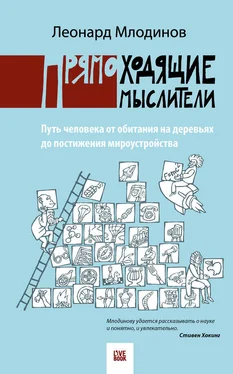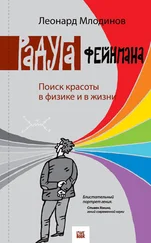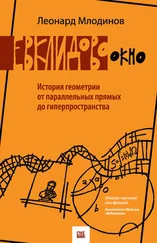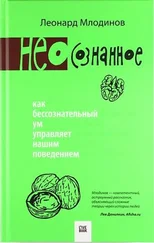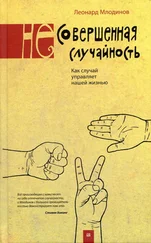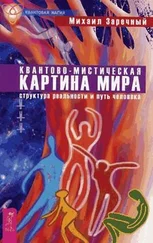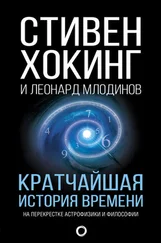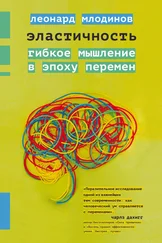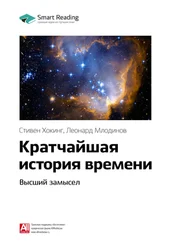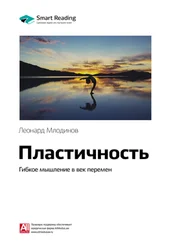Van De Mieroop, History of the Ancient Near East, стр. 24–29.
McClellan, Dorn, Science and Technology in World History, стр. 41–42.
David W. Anthony, The Horse, the Wheel, and Language: How Bronze-Age Riders from the Eurasian Steppes Shaped the Modern World (Princeton, N.J.: Princeton University Press, 2010), стр. 61.
Van De Mieroop, History of the Ancient Near East , стр. 26.
Marc Van De Mieroop, The Ancient Mesopotamian City (Oxford: Oxford University Press, 1997), стр. 46–48.
Van De Mieroop, History of the Ancient Near East, стр. 24, 27.
Elizabeth Hess, Nim Chimpsky (New York: Bantam Books, 2008), стр. 240241.
Susana Duncan, «Nim Chimpsky and How He Grew», New York, 3 декабря 1979, стр. 84. См. также Hess, Nim Chimpsky, стр. 22.
T. K. Derry and Trevor I. Williams, A Short History of Technology (Oxford: Oxford University Press: 1961), стр. 214–215.
Steven Pinker, The Language Instinct: How the Mind Creates Language (New York: Harper Perennial, 1995), стр. 26.
Georges Jean, Writing: The Story of Alphabets and Scripts (New York: Henry N. Abrams, 1992), стр. 69.
Jared Diamond, Guns, Germs and Steel (New York: W. W. Norton, 1997), стр. 60, 218. (Рус. изд., напр.: Даймонд, Джаред, «Ружья, микробы и сталь. Судьбы человеческих обществ». М.: АСТ, АСТ Москва, 2012, пер. М. Колопотина. – Примеч. перев.) Касательно Нового мира см. M^a del Carmen RoMguez Martinez et al., «Oldest Writing in the New World», Science, 313 (15 сентября 2006), стр. 1610–1614; John Noble Wilford, «Writing May Be Oldest in Western Hemisphere», New York Times, 15 сентября 2006. В этих работах описан камень с прежде не известной системой письма, недавно найденный в центральной части ольмекских территорий в Веракрусе, Мексика. Стилистические и другие датировки камня подсказывают, что он относится к первому тысячелетию до н. э., это старейшее письмо Нового мира, и его свойства с точностью приписывают это важнейшее изобретение мезоамериканской ольмекской цивилизации.
«Th» в англ. обозначает глухой или звонкий межзубный звук, записываемый в рус. яз. буквами «т», «с», «з» или «д»; «sh» – звук, обычно обозначаемый в рус. яз. буквой «ш». – Примеч. перев.
Patrick Feaster, «Speech Acoustics and the Keyboard Telephone: Rethinking Edison’s Discovery of the Phonograph Principle», ARSC Journal, 38, no. 1 (весна, 2007), стр. 10–43; Diamond, Guns, Germs and Steel , стр. 243.
Jean, Writing: The Story of Alphabets, стр. 12–13.
Van De Mieroop, History of the Ancient Near East, стр. 30–31.
Там же, стр. 30; McClellan, Dorn, Science and Technology in World History, стр. 49.
Jean, Writing: The Story of Alphabets, стр. 14.
Derry and Williams, A Short History of Technology, стр. 215.
Stephen Bertman, Handbook to Life in Ancient Mesopotamia (New York: Facts on File, 2003), стр. 148, 301.
To – в частности, предлог «к», two – два (англ.). – Примеч. перев.
Shun – в т. ч. сторониться, избегать; – tion – суффикс, встречающийся в отглагольных существительных (англ.). – Примеч. перев.
Today – сегодня; two – два; day – день (англ.). – Примеч. перев.
McClellan, Dorn, Science and Technology in World History, стр. 47; Albertine Gaur, A History of Writing (New York: Charles Scribner’s Sons, 1984), стр. 150.
Sebnem Arsu, «The Oldest Line in the World», New York Times , 14.02.2006, стр. 1.
Andrew Robinson, The Story of Writing (London: Thames and Hudson, 1995), стр. 162–167.
Derry and Williams, A Short History of Technology, стр. 216.
Saint Augustine, De Genesi adLitteram (The Literal Meaning of Genesis), завершен в 415 г.
Morris Kline, Mathematics in Western Culture (Oxford: Oxford University Press, 1952), стр. 11.
«Can Young Infants Add and Subtract?», Child Development, 71 (ноябрь-декабрь, 2000), стр. 1525–1534.
Morris Kline, Mathematical Thought from the Ancient to Modern Times , т. 1 (Oxford: Oxford University Press, 1972), стр. 184–186, стр. 259–260.
Kline, Mathematical Thought, стр. 19–21.
Roger Newton, From Clockwork to Crapshoot (Cambridge, Mass.: Belknap Press of the Harvard University Press, 2007), стр. 6.
Edgar Zilsel, «The Genesis of the Concept of Physical Law», The Philosophical Review, 3, № 51 (май, 1942), стр. 247.
Robert Wright, The Evolution ofGod (New York: Little, Brown, 2009), стр. 71–89. (Рус. изд.: Райт, Роберт. «Эволюция Бога. Бог глазами Библии, Корана и науки». М.: ЭКСМО, 2012. Пер. У. Сапциной. – Примеч. перев.)
Joseph Needham, «Human Laws and the Laws of Nature in China and the West, Part I», Journal of the History ofIdeas, 12 (январь, 1951), стр. 18.
Wright, Evolution of God, стр. 87–88.
«“Кодекс Хаммурапи”, ок. 1780 до н. э.» Internet Ancient History Sourcebook, Fordham University, март, 1998, по состоянию на 27.10.2014: http:// www.fordham.edu/halsall/ancient/hamcode.asp; «Law Code of Hammurabi, King of Babylon», Department of Near Eastern Antiquities: Mesopotamia, the Louvre, по состоянию на 27.10.2014: http://www. louvre.fr/en/oeuvre-notices/law-code-hammurabi-king– babylon; Mary Warner Marien, William Fleming, Fleming’s Arts and Ideas (Belmont, Calif.: Thomson Wadsworth, 2005), стр. 8.
Читать дальше
Конец ознакомительного отрывка
Купить книгу
